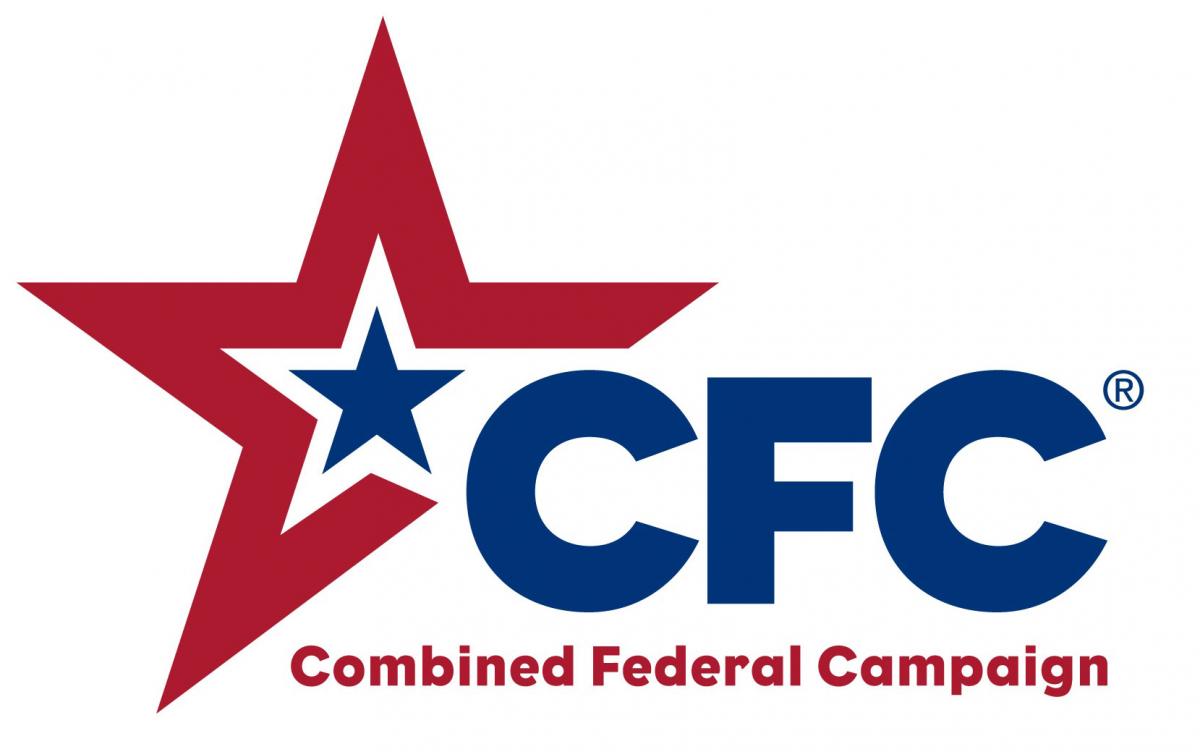Temporary Protected Status for El Salvador
Last Updated
The current 18-month grant of Temporary Protected Status for nearly 200,000 Salvadorans will expire on March 9, 2018 unless extended by the Department of Homeland Security Secretary.[1] By statute, the DHS Secretary must decide whether conditions warrant extension of the deadline by Jan. 8, 2018.[2]
What is TPS?
Temporary Protected Status, or TPS, was established by Congress through the Immigration Act of 1990. TPS is intended to protect foreign nationals in the U.S. from being returned to their home country if it became unsafe during the time they were in the U.S. and would put them at risk of violence, disease, or death. Under the law, the secretary of Homeland Security may designate a foreign country for TPS in three scenarios:
- Ongoing armed conflict (such as a civil war)
- An environmental disaster (such as an earthquake or hurricane), or an epidemic; or
- Other extraordinary and temporary conditions that prevent nationals from the country from safely returning home.[3]
The country's designation can last as little as six months, the minimum, or as long as 18 months, the maximum. Sixty days prior to the end of an initial designation or re-designation period, the secretary must review the conditions of the foreign country to determine if the unsafe conditions still exist. If conditions continue, the secretary may extend TPS for another six- 12- or 18-month period. There is no limit on the number of times the secretary may extend TPS, so long as the conditions continue.[4]
Nationals of a TPS-designated country or people without nationality who last lived in a TPS-designated country, and who were physically present in the U.S. when the designation was made and meet certain requirements, may be eligible for TPS. If TPS is granted, the applicant receives protection from deportation and work authorization to support themselves while they remain in the U.S. By statute, TPS does not provide a path to lawful permanent resident status or citizenship.[5]
Why was El Salvador designated for TPS?
El Salvador was designated for TPS under President George W. Bush. El Salvador was struck by a catastrophic 7.6 magnitude earthquake on Jan. 13, 2001, and further devastated by two powerful aftershock earthquakes on Feb. 13, (5.1 magnitude) and Feb. 17, 2001 (5.6 magnitude). The series of earthquakes resulted in 1,100 deaths and left more than 2,500 people missing. Nearly 8,000 suffered injuries. Seventeen percent of El Salvador’s population (1.3 million people) were displaced by the earthquakes and resulting landslides. The earthquakes caused more than $2.8 billion in damages, including the destruction or damage of 220,000 homes, 1,696 schools and 856 other public buildings.[6]
Since 2001, the country has remained unstable for the safe return of Salvadoran TPS holders. In the most recent extension (Sept. 10, 2016 to March 9, 2018), the U.S. government cited the dire conditions brought about by numerous subsequent natural disasters, including hurricanes, tropical storms, flooding, volcanic seismic activity, prolonged drought that caused widespread food and water insecurity, the spread of mosquito-borne illnesses, lack of housing and electricity and gang-related insecurity.[7]
Why should TPS for El Salvador be extended?
El Salvador remains unable to adequately handle the safe return of nearly 200,000 Salvadoran TPS holders. In addition to continued acute food, water, and housing shortages, gang violence has reached unprecedented levels—the U.S. State Department reports that more than one in five families claim to have been the victims of violent crime.[8] A 2015 study by the International Rescue Committee estimates that 5.2 percent of El Salvador’s population, or 324,000 people, have been displaced by gang violence.[9]
In June 2017, Salvadoran President Salvador Sánchez requested the U.S. extend TPS for Salvadorans in the U.S.[10] The request came as part the Conference on Prosperity and Security in Central America, in which Central American and U.S. government leadership discussed solutions to stabilizing the Northern Triangle.[11] Extending TPS for El Salvador, and not forcing the country to absorb nearly 200,000 people and lose crucial remittances, is integral to that stabilization.
What is the impact of TPS for Salvadorans on U.S. society and the economy?
- TPS provides work authorization for Salvadorans who are living and contributing to the U.S. labor market and economy.
- 88 percent of Salvadoran TPS holders are in the labor force.[12]
- Each year, Salvadoran TPS holders contribute more than $3.1 billion in GDP. Over the course of 10 years, those contributions add up to over $31 billion.[13]
- Ending TPS for Salvadorans without a transition plan would reduce Social Security contributions in the U.S. by more than $390 million each year and Medicare contributions by more than $91 million each year and Medicare contributions by over $91 million each year.[14]
- Ending TPS for Salvadorans would result in more than $673 million in turnover costs, resulting from employers being forced to fire workers they have trained and invested in, and replace them with new, un-trained workers.[15]
- Construction and services industries would be hardest hit by the end of Salvadoran TPS.[16]
- Washington, Los Angeles, New York City, Houston, and Dallas-Fort Worth would be the most affected metropolitan areas, as they are home to the highest concentrations of Salvadoran TPS holders.[17]
What will the impact be if TPS for El Salvador is not extended?
Ending TPS for Salvadorans living in the U.S. and forcing them to return to El Salvador would put them at risk of food, water, and housing insecurity, violence at the hands of gangs and further destabilize the economies of the U.S. and El Salvador.
Remittances from Salvadoran TPS holders in the U.S. are crucial to El Salvador’s economy and people.[18] In 2015, remittances to El Salvador from the U.S. exceeded $4.28 billion, approximately 16.8 percent of El Salvador’s GDP according to the World Bank.[19]
Due to natural disasters and extreme gang violence in El Salvador, Salvadoran parents (if forced to return to El Salvador) would face the excruciating decision of whether or not to bring their U.S. citizen children with them. In all likelihood, many parents would choose not to put their children in harm’s way, ripping families apart and scarring a generation of Salvadoran Americans.
Why is TPS for El Salvador in line with our shared values?
The U.S. has a long history of providing relief to victims of catastrophic events and natural disasters. TPS reflects our country’s values by protecting people from unsafe conditions that are outside of their control.
Americans hold themselves to high standards when it comes to the humane treatment of people. U.S. immigration law, including TPS, reflects respect for the lives of people who, without protection, would be returned to hazardous, if not deadly, circumstances.
Our faith and values demand that the U.S. extend TPS to protect the lives and dignity of Salvadoran TPS recipients. Continued TPS for El Salvador satisfies our moral and international obligations until greater progress is made to ensure innocent people are not returned to dangerous conditions.
TPS embodies core tenets of Catholic social teaching on immigration. People have the right to migrate to sustain their lives and the lives of their families and a country must regulate its borders with justice and mercy.[20]
[1] Extension of the Designation of El Salvador for Temporary Protected Status, 81 Fed. Reg. 44645 (July 8, 2016)
[2] INA § 244
[3] Id.
[4] Id.
[5] Id.
[6] Designation of El Salvador Under Temporary Protected Status Program, 66 Fed. Reg. 14214 (March 9, 2001)
[7] Extension of the Designation of El Salvador for Temporary Protected Status, 81 Fed. Reg. 44645 (July 8, 2016)
[8]
El Salvador 2016 Human Rights Report, Dept. of State, (Apr. 12, 2017), available at https://www.state.gov/documents/organization/265798.pdf
[9] Id.
[10] ‘
We’re In This Together’: VP Pence To Central Americans At Miami Conference, CBS Local, (June 15, 2017), available at http://miami.cbslocal.com/2017/06/15/vice-president-pence-miami-talk-cen...
[11] Id.
[12]
Robert Warren and Donald Kerwin, A Statistical and Demographic Profile of the US Temporary Protected Status Populations from El Salvador, Honduras, and Haiti, Journal on Migration and Human Security, Vol. 5 No. 3 (2017), available at http://cmsny.org/publications/jmhs-tps-elsalvador-honduras-haiti/
[13]
Amanda Baran, Jose Magana-Salgado and Tom K. Wong, Economic Contributions by Salvadoran, Honduran, and Haitian TPS Holders, Immigrant Legal Resource Center (April 2017), available at https://www.ilrc.org/report-tps-economic-cost
[14] Id.
[15] Id.
[16]
Robert Warren and Donald Kerwin, A Statistical and Demographic Profile of the US Temporary Protected Status Populations from El Salvador, Honduras, and Haiti, Journal on Migration and Human Security, Vol. 5 No. 3 (2017), available at http://cmsny.org/publications/jmhs-tps-elsalvador-honduras-haiti/
[17]
Amanda Baran, Jose Magana-Salgado and Tom K. Wong, Economic Contributions by Salvadoran, Honduran, and Haitian TPS Holders, Immigrant Legal Resource Center (April 2017), available at https://www.ilrc.org/report-tps-economic-cost
[18]
Manuel Orozco, Laura Porras and Julia Yansura, The Continued Growth of Family Remittances to Latin America and the Caribbean in 2015, Inter-American Dialogue, (Feb. 2016), available at http://www.thedialogue.org/wp-content/uploads/2016/02/2015-Remittances-t...
[19] Id.
[20]
Catholic Social Teaching on Immigration, available at http://www.usccb.org/issues-and-action/human-life-and-dignity/immigration/






